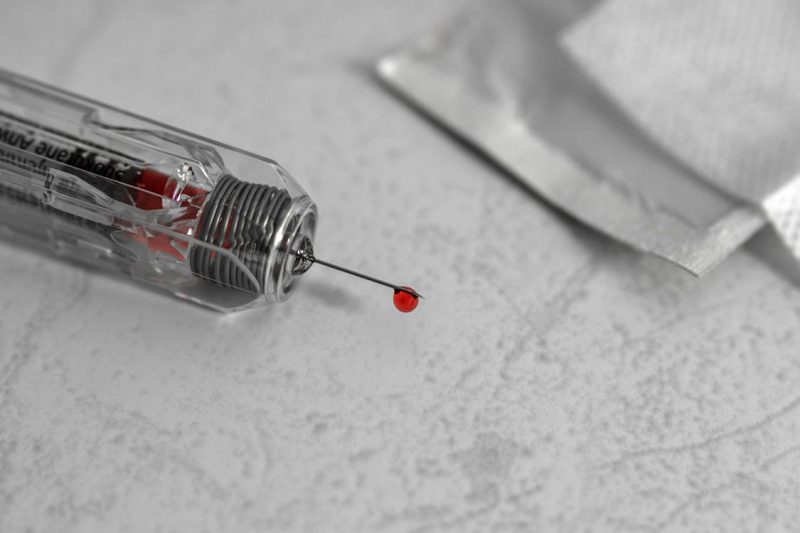One sick or injured patient needs a transfusion every two seconds in the United States, and that comes out to millions of gallons of blood each year. This branch of the medical industry is extremely complex, and dozens of different organizations must work together to make sure that the blood is transfused as quickly and safely as possible. Here is a closer look at how blood components make their way from donors to patients.
Extracting Blood
Those who are donating blood for the first time should try to arrive at the blood bank about an hour early to fill out paperwork. Once the paperwork is complete, donors are taken to a sanitized area where the blood is extracted with a fine needle. Extracting blood only takes 10 minutes, and most donors claim that it is more comfortable than getting a shot. The blood is then sealed in a bag, marked, and sent to the testing center.
Testing Samples
All blood samples must be sent to a testing center in order to prevent the spread of infections and illnesses. Testing centers that do donor screenings, like Key Biologics, LLC, also extract some of the unusable cells from each sample and send them to research laboratories. After the sample has been tested for a wide variety of diseases, the blood is then sealed in a case and sent to a trauma center, hospital, or surgical center.
Separating Blood and Determining Matches
Blood is made up of a few components including red blood cells, plasma, and platelets. Those components all have different uses, and the testing center or hospital will need to separate the blood before administering it. They must also test an antigen known as HLA to determine what blood type the donor was. Most of the individual components have a shelf life of around 42 days after being extracted.
Transfusions
Transfusing a single unit of blood takes one or two hours depending on the patient’s health and the reason for the procedure. Some patients need up to three units of blood, and that might take well over five hours. Nurses carefully watch over patients during the first 15 minutes of this procedure to make sure that no unusual reactions occur. If the patient isn’t going in for surgery, then they can read, use their phone, or watch television for the rest of the transfusion.
Much of this process depends on thousands of volunteers donating blood every single month. Healthy adults who are interested in donating blood should contact a local blood bank or donor organization to see if they are eligible to donate.

